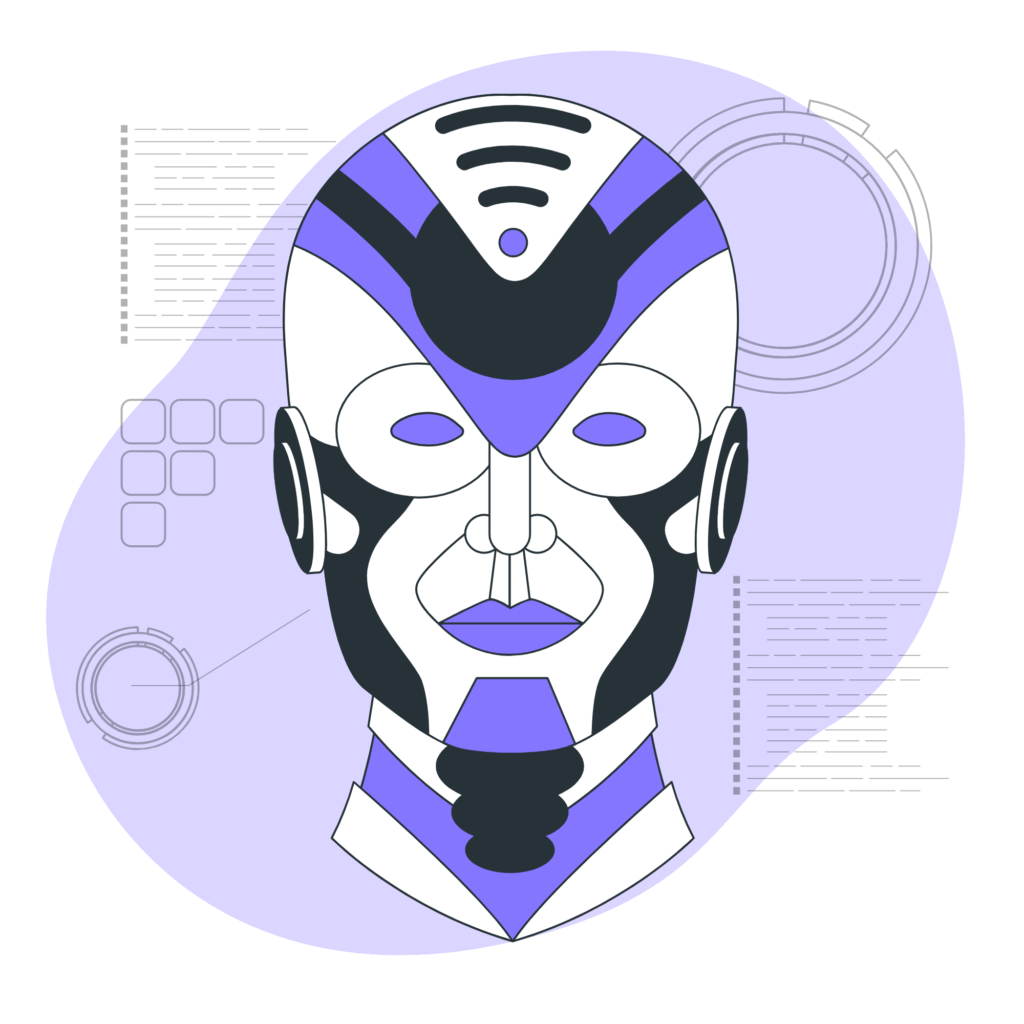Introduction
The robotics landscape is rapidly evolving, and 2025 is expected to bring significant advancements in AI-driven intelligence, collaborative automation, and industry-specific applications. Understanding these trends is critical for robotics engineers, innovators, and business leaders who aim to stay ahead in automation, manufacturing, healthcare, and service sectors.
At CuriosityTech.in, learners can access detailed trend analyses, case studies, and project-based tutorials to prepare for emerging technologies in robotics.
1. AI-Driven Robotics
Artificial Intelligence is the backbone of the next-generation robotic revolution. Robots are becoming increasingly capable of learning, adapting, and making autonomous decisions.
Key AI Trends:
- Cognitive Robots: Robots that understand context and adapt actions intelligently.
- Edge AI Integration: Real-time processing on the robot without cloud dependency.
- Natural Language Interaction: Voice-controlled robots for customer service, healthcare, and home automation.
Example: Service robots in airports and malls using AI to guide passengers, recognize faces, and interact naturally.
Diagram Idea:
2. Collaborative Robotics (Cobots)
Cobots are designed to work alongside humans safely, increasing productivity in industrial and service environments.
Key Trends:
- Enhanced force and speed sensors for safer human collaboration.
- Adaptive learning to adjust tasks based on human input.
- Multi-robot collaboration with humans for complex assembly and packaging tasks.
Industry Insight: Manufacturing industries are adopting cobots for light assembly tasks, packaging, and quality inspection, which increases efficiency by 30–40% while maintaining safety standards.
3. Automation Across Industries
Robotic automation is extending beyond factories into logistics, agriculture, healthcare, and retail.
| Industry | Automation Trend | Robotics Example |
| Manufacturing | Smart factories with AI-controlled robots | Robotic arms, automated assembly lines |
| Logistics & Warehousing | Autonomous mobile robots (AMRs) | Kiva robots for Amazon warehouses |
| Agriculture | Precision farming robotics | Automated tractors, crop monitoring drones |
| Healthcare | Robotic surgery and telepresence | da Vinci Surgical System, telemedicine robots |
| Retail & Service | Customer-interactive robots | AI-guided store assistants, delivery robots |
Diagram Idea:
4. Trends in Autonomous Robotics
Autonomous robots are increasingly capable of navigating, mapping, and performing tasks without human intervention.
Emerging Trends:
- SLAM + AI Navigation: Combining real-time mapping with AI decision-making.
- Fleet Coordination: Swarm robotics for logistics and warehouse optimization.
- Robust Obstacle Avoidance: Advanced sensor fusion for dynamic environments.
Example: Autonomous delivery robots navigating urban areas using cameras, LiDAR, and AI path planning algorithms.
5. Robotics in Human-Centric Applications
Human-robot collaboration is evolving beyond industrial settings:
- Healthcare: AI-powered surgical robots, rehabilitation exoskeletons.
- Education: Learning robots assisting students with STEM projects.
- Hospitality & Service: Concierge and service robots for personalized interaction.
- Public Safety: Drones and robots for surveillance, firefighting, and disaster management.
Practical Tip: Engineers should focus on ergonomics, AI-human interaction, and ethical design for maximum usability and trust.
6. Key Technological Enablers for 2025
- 5G & IoT Integration: Low-latency communication for real-time robot coordination.
- Advanced Sensors: LiDAR, depth cameras, IMUs, and tactile sensors for enhanced perception.
- Cloud Robotics: Distributed computation and AI model sharing across fleets.
- Energy-Efficient Robotics: Lightweight materials and low-power actuators.
- Modular Robotics: Swappable components for easy customization and maintenance.
Diagram Idea: Workflow showing IoT sensors → cloud robotics → AI computation → autonomous action → human feedback.
7. Robotics Market Forecast 2025
- Global robotics market projected to reach $85–90 billion.
- Industrial robots remain dominant but service and healthcare robots growing at >20% CAGR.
- AI-powered robots expected to account for 40% of new deployments.
Chart Idea: Bar graph showing industrial, service, healthcare, and logistics robot market growth from 2022 to 2025.
8. Skills & Expertise for Future Robotics Engineers
To thrive in 2025 robotics trends, engineers need:
- AI & Machine Learning Skills: Deep learning, reinforcement learning, computer vision.
- Control Systems & Mechatronics: PID, motion planning, sensor integration.
- Software & Cloud Platforms: ROS, Python, C++, cloud robotics APIs.
- Human-Robot Interaction Design: Usability, ergonomics, safety protocols.
- Project-Based Experience: Simulation, autonomous navigation, industrial automation.
CuriosityTech.in provides project tutorials, skill-building programs, and real-world case studies to prepare engineers for the emerging robotics landscape.
9. Challenges and Considerations
- Ethical AI design and accountability in autonomous systems.
- Cybersecurity for connected robots in factories and hospitals.
- Workforce adaptation to collaborative and autonomous robots.
- Standardization of robotic protocols across industries.
Tip: Engineers should combine technical expertise with ethical and human-centric design to ensure adoption and societal benefit.
Conclusion
The robotics industry in 2025 is defined by AI-driven intelligence, collaborative automation, and human-centric applications. Engineers and innovators who master AI, autonomy, cloud robotics, and human-robot interaction will lead this transformation. Platforms like CuriosityTech.in provide trend analyses, tutorials, and project-based learning to equip learners with the knowledge and skills needed to excel in the robotics revolution.


